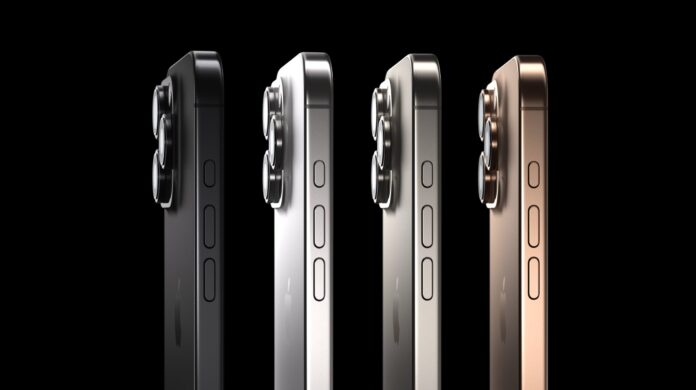In the ever-evolving realm of smartphone technology, manufacturers continually seek innovative ways to enhance device performance and user experience. A key aspect of this innovation lies in thermal management solutions, particularly as devices become more powerful and compact. While Android OEMs have long utilized vapour chambers (VC) to manage heat, Apple has traditionally opted for heat sinks in its iPhone lineup. However, emerging reports suggest a significant shift in Apple’s approach with the upcoming iPhone 17 series.
Understanding Vapor Chambers: A Leap in Cooling Technology
Vapour chambers represent a sophisticated advancement in cooling technology within the smartphone industry. These components are sealed metal enclosures containing minimal liquid, typically de-ionized water. When heat from the device’s chipset activates the liquid, it evaporates into vapour. This vapour spreads across the chamber’s extensive surface area, dissipating heat more efficiently than traditional methods. As the vapour cools, it condenses back into a liquid form, ready to repeat the cycle. This method enhances cooling efficiency and contributes to improved device performance and longevity by managing thermal throttling more effectively.
Apple’s Strategic Shift: Embracing Vapor Chambers Across the iPhone 17 Series
Recent insights from a new report out of China indicate that Apple may plan to implement vapour chamber technology across all models of its forthcoming iPhone 17 family, both Pro and non-Pro variants. This move marks a significant departure from Apple’s previous cooling strategies and aligns with industry trends favouring more advanced thermal management systems.
The integration of vapour chambers into the iPhone 17 series would not only signify Apple’s adaptation to the increasing demands of modern chipsets but also its commitment to maintaining peak performance under intense operational conditions. This technology could potentially allow the iPhones to handle more powerful applications and multitask more smoothly, providing a seamless user experience.
Contradictory Reports and Enhanced Display Features
This latest report appears to contradict earlier speculations by noted Apple analyst Ming-Chi Kuo, who suggested that only the iPhone 17 Pro Max would feature a VC cooling system. The inclusion of vapour chambers in the non-Pro models of the iPhone 17 suggests that Apple is taking a more uniform approach to thermal management across its flagship devices.
Moreover, the iPhone 17 series is also rumoured to finally embrace high-refresh-rate screens, a feature long-awaited by Apple enthusiasts. The speculation around whether these displays will offer 90Hz or 120Hz refresh rates adds another layer of anticipation to the upcoming release. High-refresh-rate screens enhance the smoothness of scrolling and responsiveness, providing a more fluid visual experience, particularly in gaming and high-speed content.
Conclusion: A New Era for iPhone Performance
As we approach the launch of the iPhone 17 series, the potential adoption of vapor chamber technology across all models could herald a new era of performance and efficiency in Apple’s smartphone lineup. This strategic move would not only align Apple more closely with industry standards but also underscore its dedication to innovation and superior user experience. As with all rumours, the details will only be confirmed at the official release, but the possibilities for enhanced cooling and display technologies certainly pave the way for exciting advancements in the iPhone series.







